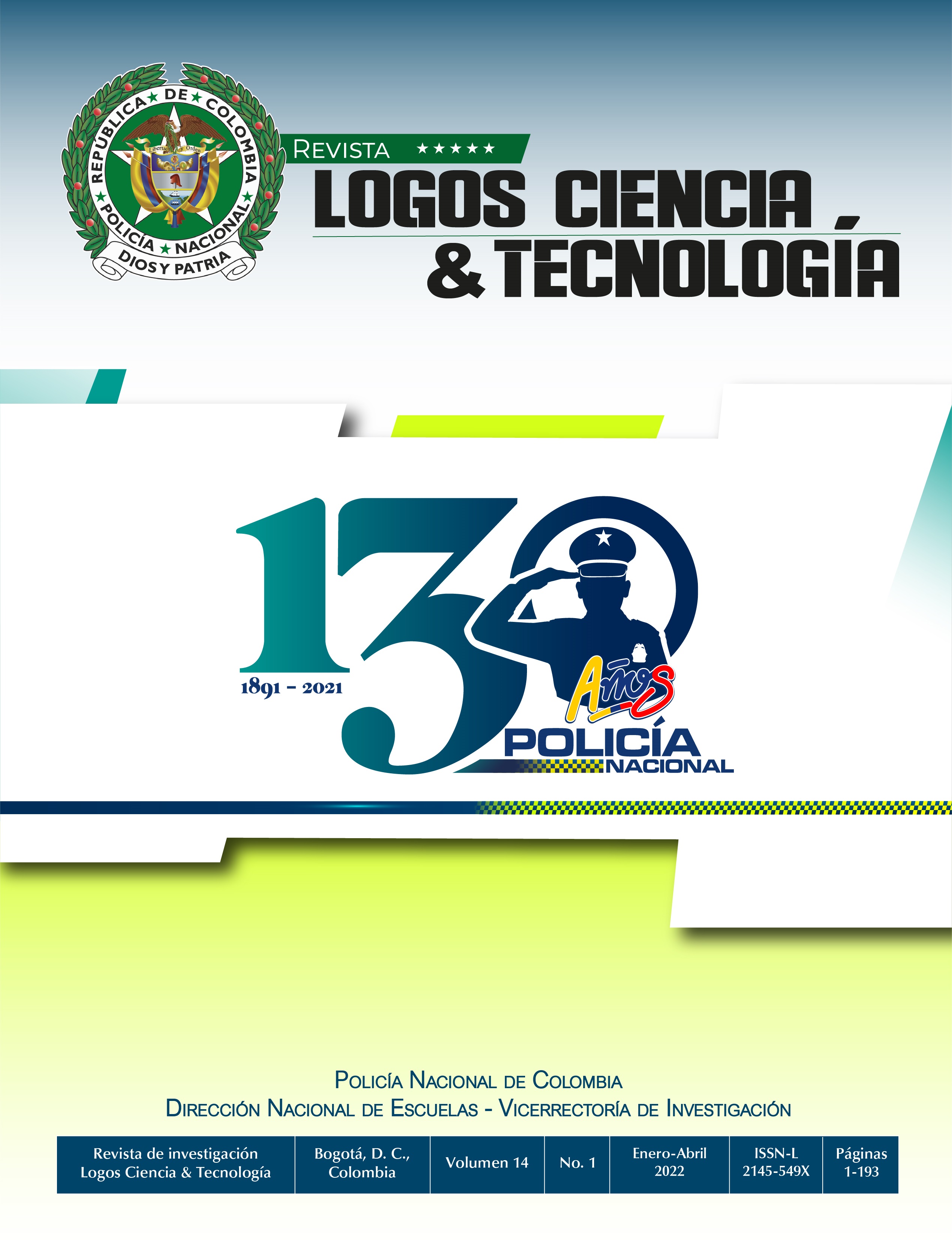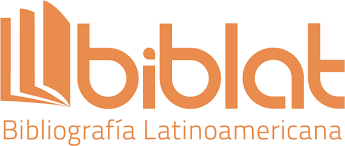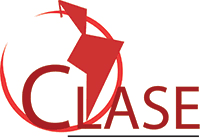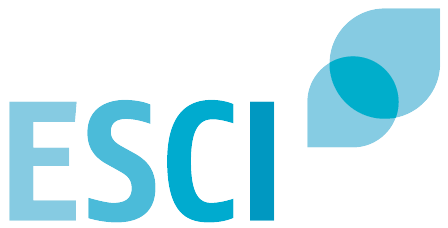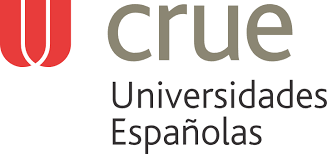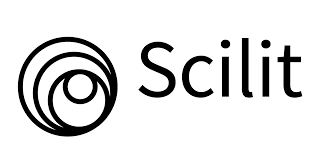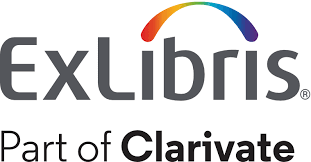Instruction Suit as a Means of Evaluation in the Basic Tactical Police System
DOI:
https://doi.org/10.22335/rlct.v14i1.1518Keywords:
applique, baton, police evaluation, suitAbstract
The exercise of the police activity associated with the use of coercive elements for the application of force requires a high level of training that must be objectively evaluated in order to minimize the risk of damages caused by eventual mistakes in the actions of the uniformed officers towards the citizens. The above-mentioned problem allows the formulation of a solution based on the development of a suit prototype for the instruction in the application of the police baton that is framed as a technological innovation proposal with a product that improves the evaluation of the tonfa baton sconces that police officers perform during their training, incorporating a useful didactic tool supported by technologies available in the Colombian market that technifies the assessment procedures to be performed by instructors during the baton manipulation tests that officers perform during their training process.
Downloads
References
Congreso de la República de Colombia. (29 de julio de 2016). Código Nacional de Policía y Convivencia. Ley 1801. Congreso de Colombia .
Congreso de la República de Colombia. (7 de febrero de 2006). Régimen Disciplinario para la Policía Nacional. http://www.secretariasenado.gov.co/senado/basedoc/ley_1015_2006.html
Dirección General Policía Nacional de Colombia. (23 de junio de 2017). Reglamento para el uso de la fuerza y el empleo de armas, municiones, elementos y dispositivos menos letales, por la Policía Nacional. Resolución 02903 de 2017. Policía Nacional de Colombia.
Dirección Nacional de Escuelas. (2018). Guía práctica del sistema táctico básico policial. Dirección Nacional de Escuelas, Vicerrectoría de Educación Continua. Oficina de Planeación - Policía Nacional.
García, C. F. (2005). La investigación Tecnológica. México D.C.: LIMUSA.
Innotex. (1 de septiembre de 2020). Traje antifricción. https://innotexprotection.com/es/ropa-de-proteccion/
Labcenter. (15 de enero de 2020). Proteus. https://www.labcenter.com/
Microchip. (1 de enero de 2005). MIcrochip PIC16F88. https://ww1.microchip.com/downloads/en/devicedoc/30487c.pdf
Microchip. (1 de enero de 2021). PIC16F688. Features. https://www.microchip.com/wwwproducts/en/PIC16F688
OCDE. (2015). Frascati Manual 2015: Guidelines for Collecting and Reporting Data on Research and Experimental Development, The Measurement of Scientific, Technological and Innovation Activities. Fundación Española para la Ciencia y la Tecnología, FECYT. http://dx.doi.org/10.1787/9789264239012-en
Polímeros Nacionales S.A. (6 de junio de 2006). Hoja técnica EVA18. Polnac.com. http://www.polnac.com.mx/hojas-tecnicas-pdf/Polimeros%20Nacionales/EVA/EVA%2018.pdf
Smelpro.com. (25 de junio de 2019). Qué es un microcontrolador. https://smelpro.com/blog/que-es-un-microcontrolador/
Trimble. (10 de enero de 2020). SketchUp. https://www.sketchup.com/es
Valbuena, J. M. (3 de febrero de 2021). Instructor de Sistema táctico Basico ESMEB. (J. Berrio Pino , M. Niño, & J. Ojeda, Entrevistadores)
Downloads
Published
Issue
Section
License
Copyright (c) 2021 Revista Logos Ciencia & Tecnología

This work is licensed under a Creative Commons Attribution 4.0 International License.
This journal provides free and immediate access to its content (https://creativecommons.org/licenses/by/4.0/legalcode#languages), under the principle that making research available to the public free of charge supports greater global knowledge exchange. This means that the authors transfer the Copyrights to the journal, so that the material can be copied and distributed by any means, as long as the authors’ recognition is maintained, and the articles are not commercially used or modified in any way.
